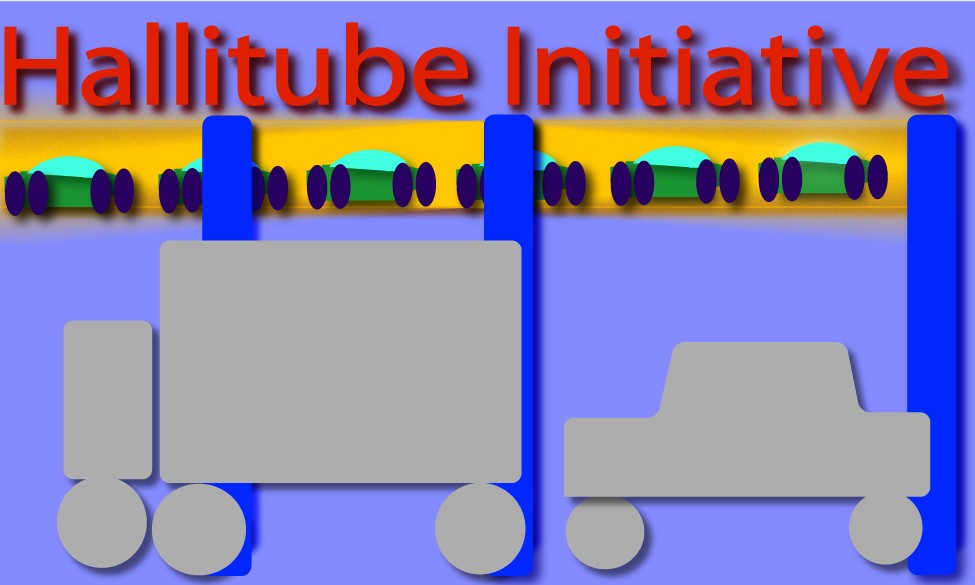
You noticed we achieved congestion reduction by simply splitting off younger, trainable drivers from senior drivers. We have simply segregated one group into a different system and imposed some physical demands on them. Without this segregation the entire system would not be possible. But we can carry this further, and decrease congestion by relaxing general traffic rules for subgroups. Take persons from 42-55, who have no medical prescriptions, no criminal offenses, good credit, and no moving violation in 2 years. In addition, we can stipulate that they cannot have imbibed any alcohol within 12 hours of their use of the relaxed rules. The reason we can have confidence in this group is that we know that at this age, people generally cease to be daring. We know that children at age 13 in terms of neuroskills could be perfect drivers, but we don't let them because they are not mature enough. Once you admit that maturity is an issue, why not reward people who do not drink and have not history of offenses for their behavior ?
Inhibitory mechanism in the brain take long to develop, the emotional component of behavior which leads to speeding and risky maneuvers is largely gone by middle age, and reason prevails over passion. So, can we allow this group to deviate from general California rules in the following circumstances:
1) After coming to a complete halt, passage through a red light if no car is approaching (or leftturning ) within a range indicated by a special marker sign (See AT approach threshold image below). Applies only to intersection where these signs can be seen in the distance, and where approaching vehicles can be well seen at daylight.
2) As above, at night, only during full darkness, without marker bars, if the rider resides within 5 miles of the location for at least 5 months. A sign directly placed at the intersection indicates to the driver that the approach routes to the intersection are straight, not curved, and that approaching cars would therefore be visible.
3) Make a U-turn only on red when the size of the intersection is so large that the U-turn does not require penetration of the intersection (there are many cases of such intersection) providing absence of cars within a specially marked distance from the intersection.
4) Eligibile participants must be owners of the cars they drive and post a sticker distinguishing them from other cars.
General Traffic Light Modification:
1) In many areas of the US, neighborhoods go quiet at night, yet traffic signals continue to stop you, in the absence of signal triggering riders on approaching streets (!) - Turn traffic signals to blinking red after 9:30 pm after polling neighborhood residents.
Other General Rule Modifications to improve safety:
1) Cellphone handling to be illegal while standing in any type of intersection that is not regulated by lights. Cell phone holding to hear shall also be illegal in specially marked green arrow left turn intersections where the light is extremely brief, requiring high alertness by drivers. Holding the cell phone to the ear presents a more significant distraction to the central nervous system than having an earplug in the ear. The classic high risk scene is a driver which is rolling into an intersection with his head facing away from you while holding a cell phone to his/her ear on the side you are facing.
2) SUV owners are instructed as part of the license to explicitly test the ability of their SUV to make two sequential swerves from a straight course, to observe how the vehicle starts to sway. They shall perform this maneuver in an isolated highway section at 45 mph, making the swerves as gentle as possible initially. A guidebook will be provided for this training, which will educate the driver about the range of viable maneuvers, which is quite limited at higher speeds. The government shall not be liable for accidents arising from these rules, which are based on the principle that "calm seas make sorry sailors" - i.e. you need to feel what abrupt vehicle handling is like before you run into a road crisis.
3) Intersection blocking, increased fines, distinction between blocking and blatant blocking. The latter is entry of a new car into an intersection which the preceding driver has blocked already. At this point, not one, but two lanes are blocked. Fines should be $ 300 and $ 600 respectively, and orange lines need to be added as markers. This behavior may cause an entire queue of 20 drivers to "lose" their green light, resulting in new blockages upstream from the event. The LAPD has been more effective in ticketing for this than the SD PD, for this particular violation we encourage payment of 5% of the fine to the cop if he presents a digital picture of the offender in action.
